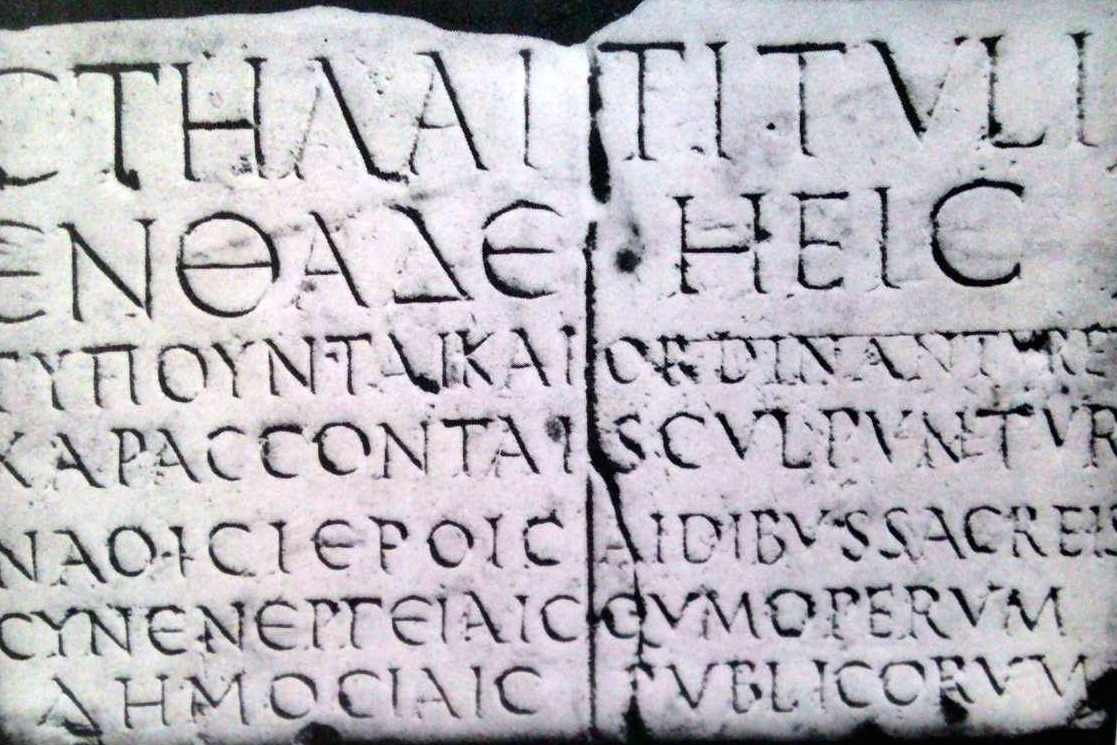
Normally, at least in Roman times, the text of any inscription was approved by officials and sent to a workshop to be carved. The stone cutter was an artisan, often illiterate, who copied the design from the approved model provided to him. In the workshop a variety of purpose built tools where available and the inscription was not simply carved (as in the most common writing technique) but also painted with red color. This situation can be observed in the text themselves and provides as a lot of information about techniques used to write, literacy, economy. Moreover, the study of letter forms often helps to date inscriptions which are not datable by internal or archeological evidence.
Execution Techniques: how to write an inscription
The EAGLE Vocabulary of Execution Techniques provides an extensive list of techniques deployed to write inscriptions with a brief description of the technique and some examples.
Related Stories
- Written once and forever? The Life of an inscription
- A Tabula cerata
- Graffiti on tiles
- A very special group of texts in Old Roman Cursive are the Vindolanda Tablets: see the virtual exhibition about these extraordinary texts.
- Writing an inscription on objects: not just stone! A bullet with your name on
- Story of a lost inscription for FLORA once in the Ashmolean Museum
